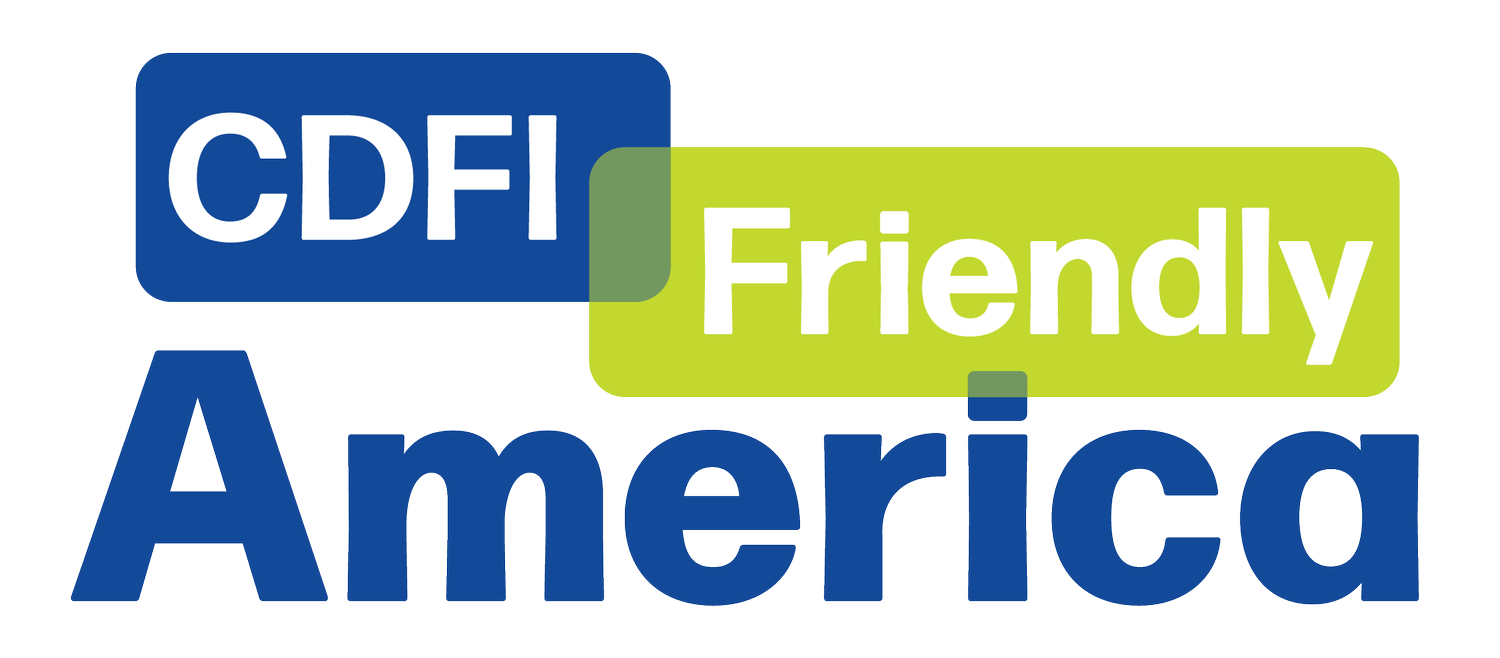About the Davis-Bacon Act, Justice40, and Build America-Buy America
Our Greenhouse Gas Reduction Fund (GGRF)-researcher, Nathan Lesch, has attended a variety of GGRF-related events in the last several weeks. During those events, he observed that many experts and practitioners in the community development field have expressed concerns about complying with the Davis-Bacon Act, the Justice40 initiative, and the Build America, Buy America Act, as GGRF requires. This blog post is meant to shed a bit of light onto these regulations.
For introductory information about the Greenhouse Gas Reduction Fund and its three programs, please read Nathan’s first two blog posts:
Davis-Bacon Act
The Davis-Bacon Act is a 1931 federal law that mandates that employers must pay local prevailing wages to laborers and mechanics working on public works projects that are funded by the federal government. The act applies to contracts exceeding $2,000 for the construction, alteration, or repair of public buildings or public works. The prevailing wage is based on wages and benefits paid to workers on similar projects in the area, and is determined by the Secretary of Labor.
The Clean Communities Investment Accelerator (CCIA) program is subject to Davis-Bacon Act requirements. This means that any construction projects funded using CCIA dollars must pay workers the local prevailing wages. (Specific local prevailing wage rates can be found here.)
Now that the contracts between the Environmental Protection Agency (EPA) and the CCIA (and National Clean Investment Fund) have been finalized, the EPA will likely release additional guidance documents to help CDFIs and other community lenders navigate Davis-Bacon Act regulations.
Build America, Buy America Act
The Build America, Buy America Act (BABAA)—part of the Infrastructure Investment and Jobs Act that President Biden signed into law on November 15, 2021—mandates that all iron, steel, manufactured products, and construction materials used in federally-funded infrastructure projects must be produced in the United States.
BABAA applies to the CCIA, meaning that projects funded under this program must comply with domestic content requirements. Like the Davis-Bacon Act, the EPA will issue additional guidance on how BABAA applies to the CCIA, and is expected to work with grantees to support implementation and compliance. This requirement aims to ensure that the benefits of federal investments in clean technology also support American manufacturing and job creation.
Justice40 Initiative
Created by the Biden-Harris Administration, Justice40 sets the goal that 40% of the overall benefits of certain climate-related federal investments flow to disadvantaged communities (DACs). As such, the CCIA (as well as the National Clean Investment Fund and the Solar For All program) is subject to Justice40 requirements.
Justice40 defines disadvantaged communities in two ways: (1) as geographic communities experiencing disadvantage; or (2), as people experiencing a common, disadvantageous condition.
The federal government developed a metric to measure disadvantage that uses 36 indicators, including energy burden, housing burden, park access, power outages, and cancer rates. Census tracts where more than 30% of households are low income and have disadvantage scores higher than 80% of the rest of the census tracts in their state are considered DACs.
CDFI Friendly America’s new CDFI Market Map makes it easier to identify Justice40 places.
Zoom into the state/county- or city/tract-level to see the green Justice40 area outlines.
Justice40’s identification of DACs is the primary way that it will impact CCIA projects, as the CDFIs that receive CCIA capitalization funds are only allowed to deploy those funds in specific areas, including (but not limited to) Justice40’s DACs. The Justice40 requirement that 40% of CCIA funds go to these communities will not be impactful, since the CCIA has the stricter requirement of 100% of capitalization funds.
Conclusion
The responsibility for making sure that CCIA projects comply with these rules is largely assigned to the five CCIA awardees. The EPA’s additional guidance documents will also help CDFIs navigate these rules.
What questions do you have about Justice40, Davis-Bacon, and Build America, Buy America? At CDFI Friendly America, we have been compiling and synthesizing information about the GGRF, and would be happy to provide more detailed information about the program. You can write to us at info@cdfifriendlyamerica.com.

